Home>Furniture & Design>Interior Design Trends>What Are Glass Noodles Made Of
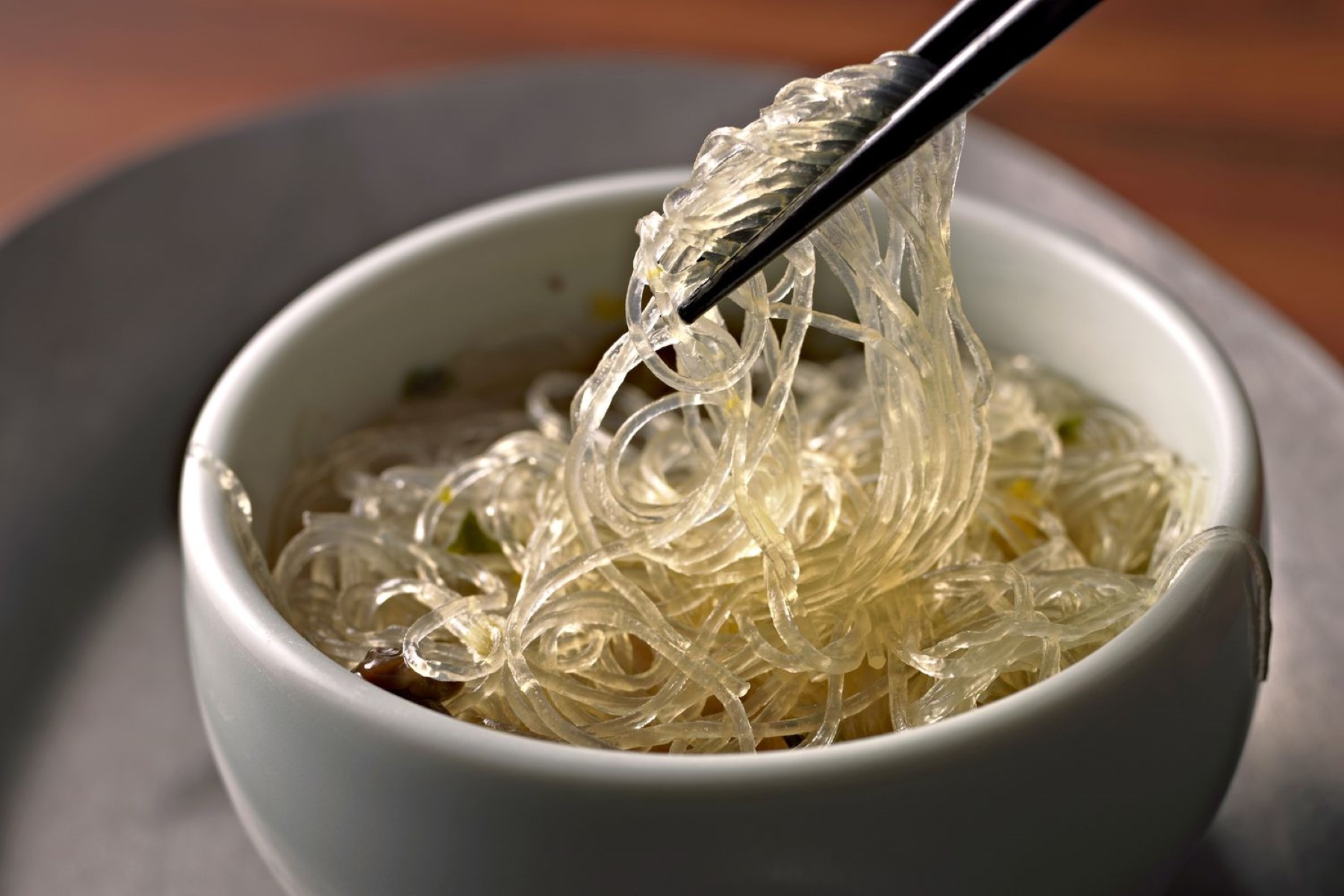

Interior Design Trends
What Are Glass Noodles Made Of
Modified: February 3, 2024
Discover the latest interior design trends and learn what glass noodles are made of. Explore innovative ideas for your home decor and find out the secrets behind this popular Asian ingredient. Unlock the perfect blend of style and culinary knowledge.
(Many of the links in this article redirect to a specific reviewed product. Your purchase of these products through affiliate links helps to generate commission for Storables.com, at no extra cost. Learn more)
Introduction
Glass noodles, also known as cellophane noodles or bean thread noodles, are a versatile and popular ingredient in various Asian cuisines. These translucent, thread-like noodles are prized for their delicate texture, ability to absorb flavors, and suitability for a wide range of dishes. From savory stir-fries to refreshing salads, glass noodles have earned a special place in the culinary world.
The unique appeal of glass noodles lies in their ability to complement a diverse array of ingredients, making them a staple in both traditional and modern cooking. Whether you're exploring the vibrant street food markets of Southeast Asia or savoring a contemporary fusion dish in a cosmopolitan restaurant, the presence of glass noodles is a testament to their enduring popularity and culinary significance.
As we delve into the world of glass noodles, we'll uncover the fascinating history behind these ethereal strands, explore the key ingredients used in their creation, and gain insight into the intricate production process. Additionally, we'll unravel the nutritional profile of glass noodles, shedding light on their health benefits and dietary value. Furthermore, we'll embark on a culinary journey to discover the diverse and creative ways in which these noodles are utilized in cooking, from classic recipes to innovative culinary creations.
Join us as we embark on a captivating exploration of glass noodles, unraveling their rich heritage, culinary versatility, and nutritional attributes. Through this journey, you'll gain a deeper appreciation for the allure of these translucent noodles and the myriad possibilities they offer in the realm of gastronomy.
Key Takeaways:
- Glass noodles, made from starch like mung beans or sweet potatoes, have a rich history in Asian cuisine and offer low calories, no fat, and a good source of fiber and carbohydrates for a healthy diet.
- These translucent noodles are versatile, perfect for stir-fries, salads, soups, and even fusion dishes, absorbing flavors and adding a delightful chewiness to your favorite meals.
Read more: What Is Glass Made Of?
History of Glass Noodles
The history of glass noodles can be traced back centuries, with their origins deeply rooted in East and Southeast Asian culinary traditions. These delicate, translucent noodles have been a culinary mainstay in countries such as China, Japan, Korea, and Thailand, where they have played a pivotal role in shaping the region's diverse and vibrant gastronomic landscape.
In China, the earliest records of glass noodles date back to the Ming Dynasty (1368-1644). During this period, the noodles were crafted from mung bean starch, showcasing the Chinese ingenuity in creating versatile and visually captivating culinary delights. The art of making these noodles was passed down through generations, with each family adding its unique touch to the preparation process, resulting in a myriad of regional variations.
In Japan, glass noodles, known as harusame, have been an integral part of the country's culinary heritage for centuries. The delicate, transparent strands are traditionally made from potato, sweet potato, or mung bean starch, and are celebrated for their light, chewy texture. Harusame noodles are featured in a wide array of Japanese dishes, from soul-warming soups to vibrant salads, reflecting their enduring popularity and culinary versatility.
Korea, too, boasts a rich history of glass noodles, where they are known as dangmyeon. These noodles have been a staple in Korean cuisine for over 300 years, with their origins dating back to the Joseon Dynasty. Dangmyeon noodles are primarily made from sweet potato starch, imparting a unique flavor and texture to the dishes in which they are featured. They are notably showcased in the beloved Korean dish, Japchae, a colorful stir-fry that exemplifies the harmonious blend of flavors and textures in Korean cooking.
In Thailand, glass noodles, referred to as wun sen, have been an integral part of the country's culinary tapestry for generations. Wun sen noodles, typically made from mung bean starch, are celebrated for their ability to absorb the vibrant flavors of Thai cuisine, adding a delightful textural element to dishes such as salads, soups, and stir-fries.
The enduring presence of glass noodles in these diverse culinary traditions is a testament to their timeless appeal and adaptability. As these delicate strands continue to captivate palates around the world, their rich history serves as a testament to the enduring legacy of these ethereal noodles.
Ingredients Used in Making Glass Noodles
The creation of glass noodles involves a meticulous selection of ingredients that contribute to their unique texture, appearance, and culinary versatility. The primary component in traditional glass noodles is starch, which can be derived from various sources such as mung beans, sweet potatoes, potatoes, or cassava. Each source of starch imparts distinct characteristics to the noodles, influencing their flavor, texture, and culinary applications.
Mung bean starch is a prevalent choice for crafting glass noodles, renowned for its neutral flavor profile and ability to yield translucent, gelatinous strands. The process of extracting starch from mung beans involves soaking, grinding, and sieving the beans to obtain a fine, powdery substance. This fine powder is then mixed with water to form a smooth, elastic dough, which is extruded into thin, thread-like noodles. The resulting noodles possess a delicate, chewy texture and are prized for their ability to absorb the flavors of accompanying ingredients, making them a versatile addition to a wide range of dishes.
Sweet potato starch is another popular ingredient used in the production of glass noodles. This starch, derived from the vibrant orange flesh of sweet potatoes, yields noodles with a slightly firmer texture and a subtle, sweet undertone. The process of transforming sweet potatoes into starch involves peeling, grating, and washing the tubers to extract the starchy residue, which is then dried and ground into a fine powder. When combined with water and processed into noodles, sweet potato starch yields resilient, translucent strands that add a delightful chewiness to dishes, making them a favored choice in both traditional and contemporary culinary creations.
Potato starch, derived from the starchy tubers of potatoes, is also utilized in crafting glass noodles. This starch imparts a smooth, slippery texture to the noodles, enhancing their ability to absorb sauces and seasonings while retaining a pleasing bite. The process of extracting potato starch involves peeling, grating, and rinsing the potatoes to isolate the starchy sediment, which is then dried and milled into a fine, powdery form. When combined with water and processed into noodles, potato starch yields resilient, glossy strands that lend themselves well to a myriad of culinary preparations.
Cassava starch, derived from the starchy root of the cassava plant, is another noteworthy ingredient used in the creation of glass noodles. This starch, known for its neutral flavor and excellent binding properties, produces noodles with a resilient, elastic texture and a subtle, earthy essence. The process of obtaining cassava starch involves peeling, grating, and washing the cassava roots to extract the starchy pulp, which is then dried and pulverized into a fine, powdery substance. When transformed into noodles, cassava starch yields robust, translucent strands that are well-suited for a diverse range of culinary applications, from soups and stir-fries to salads and spring rolls.
In addition to starch, water is a fundamental ingredient in the production of glass noodles, serving as the medium for binding and shaping the starch into delicate, translucent strands. The precise ratio of starch to water, as well as the method of kneading and extruding the dough, plays a crucial role in determining the texture, elasticity, and overall quality of the noodles.
The meticulous selection and skillful combination of these key ingredients are essential in creating glass noodles that embody the hallmark characteristics of translucency, elasticity, and versatility. As these ethereal strands continue to captivate culinary enthusiasts around the world, the artistry and precision involved in their creation serve as a testament to the enduring allure of glass noodles in the realm of gastronomy.
Production Process of Glass Noodles
The production process of glass noodles is a meticulous and time-honored craft that involves a series of precise steps to transform basic ingredients into the delicate, translucent strands that are beloved in culinary traditions across East and Southeast Asia. The art of creating glass noodles requires expertise, patience, and a deep understanding of the interplay between ingredients, technique, and tradition.
The process typically begins with the selection of high-quality starch, such as mung bean, sweet potato, potato, or cassava starch, each chosen for its unique attributes and culinary applications. The chosen starch is then mixed with water to form a smooth, elastic dough, which serves as the foundation for crafting the noodles. The ratio of starch to water, as well as the method of kneading and shaping the dough, are critical factors that influence the texture, elasticity, and overall quality of the noodles.
Once the dough is prepared, it undergoes a shaping process where it is extruded into thin, thread-like strands. This can be achieved through various methods, including extrusion through molds or the skilled hands of experienced artisans. The resulting noodles are then carefully cut to the desired length, showcasing the precision and attention to detail that are integral to the production process.
Following the shaping stage, the noodles are subjected to a drying process, traditionally carried out in the open air or through modern drying techniques. This crucial step allows the noodles to gradually lose moisture, resulting in their characteristic translucent appearance and delicate texture. The duration and method of drying are carefully monitored to ensure that the noodles achieve the desired consistency and visual appeal.
Once dried, the glass noodles are meticulously inspected to uphold the standards of quality and craftsmanship. Any imperfections or irregularities are carefully addressed, underscoring the commitment to producing noodles of exceptional quality.
The culmination of these intricate steps yields glass noodles that embody the hallmark characteristics of translucency, elasticity, and versatility. The production process is a testament to the artistry and dedication of those who preserve and perpetuate this timeless culinary tradition, ensuring that the allure of glass noodles continues to captivate palates around the world.
The production process of glass noodles stands as a testament to the artistry and dedication of those who preserve and perpetuate this timeless culinary tradition, ensuring that the allure of glass noodles continues to captivate palates around the world.
Glass noodles, also known as cellophane noodles, are made from starch such as mung bean, potato, or sweet potato. They are a popular ingredient in Asian cuisine and are gluten-free.
Nutritional Value of Glass Noodles
Glass noodles, despite their delicate and ethereal appearance, offer a surprising array of nutritional benefits that contribute to their appeal as a versatile and wholesome ingredient. These translucent strands, often made from starches such as mung beans, sweet potatoes, potatoes, or cassava, provide a unique combination of essential nutrients, making them a valuable addition to a well-rounded diet.
One of the notable attributes of glass noodles is their low calorie content, making them an ideal choice for individuals seeking to manage their caloric intake. A 1-cup serving of cooked glass noodles typically contains approximately 160 calories, allowing for a satisfying culinary experience without compromising dietary goals. This modest calorie count makes glass noodles a favorable option for those aiming to maintain a balanced and mindful approach to their nutritional intake.
In addition to being low in calories, glass noodles are naturally fat-free, further enhancing their appeal as a health-conscious ingredient. Their absence of fat makes them a versatile and guilt-free addition to a wide range of dishes, allowing for the creation of flavorful and satisfying meals without the burden of added fats. This characteristic aligns with the growing emphasis on reducing saturated fats in the diet, positioning glass noodles as a valuable component of a heart-healthy and balanced eating plan.
Furthermore, glass noodles are a good source of complex carbohydrates, providing a steady and sustained release of energy. The complex carbohydrates present in these noodles serve as a valuable source of fuel for the body, supporting sustained physical and cognitive performance. This attribute makes glass noodles a favorable choice for individuals seeking to maintain energy levels throughout the day, whether for work, exercise, or daily activities.
Moreover, glass noodles offer a notable amount of dietary fiber, contributing to digestive health and overall well-being. The fiber content in these noodles supports healthy digestion, aids in maintaining a feeling of fullness, and may assist in regulating blood sugar levels. This makes glass noodles a valuable addition to a balanced diet, particularly for individuals seeking to enhance their fiber intake and promote digestive wellness.
Additionally, glass noodles provide a modest amount of protein, contributing to the overall nutritional profile of these versatile strands. While not a primary source of protein, the inclusion of this macronutrient in glass noodles adds to their satiety and makes them a well-rounded component of a diverse and balanced diet.
In summary, the nutritional value of glass noodles encompasses their low calorie content, fat-free nature, complex carbohydrates, dietary fiber, and modest protein content. These attributes position glass noodles as a wholesome and versatile ingredient that aligns with a variety of dietary preferences and nutritional goals. Whether incorporated into vibrant stir-fries, refreshing salads, or nourishing soups, glass noodles offer a delightful combination of culinary appeal and nutritional benefits, making them a cherished component of diverse and health-conscious cuisines.
Read more: How To Cook Glass Noodles
Culinary Uses of Glass Noodles
Glass noodles are prized for their versatility and ability to elevate a wide array of culinary creations, adding a delightful textural element and absorbing the flavors of accompanying ingredients. From vibrant stir-fries to refreshing salads, these translucent strands offer a canvas for culinary creativity, inspiring a diverse range of dishes that showcase their unique appeal.
In the realm of stir-fries, glass noodles serve as a captivating addition, infusing the dish with their delicate texture and ability to absorb the savory essence of sauces and seasonings. Whether featured in a classic stir-fry with crisp vegetables and tender proteins or incorporated into a fragrant noodle-based dish, such as the iconic Pad Thai, glass noodles bring a satisfying chewiness and visual allure to the ensemble.
In the realm of salads, glass noodles offer a refreshing and light-hearted dimension, providing a delicate base for vibrant vegetables, herbs, and dressings. Whether showcased in a zesty Vietnamese-inspired salad or paired with fresh seafood and citrus-infused vinaigrette, glass noodles contribute a pleasing contrast of textures and a subtle, neutral flavor that harmonizes with a spectrum of ingredients.
In the realm of soups, glass noodles add a comforting and satisfying element, absorbing the rich, aromatic broth and imparting a delightful chewiness to each spoonful. Whether featured in a nourishing bowl of clear soup with tender slices of meat and crisp vegetables or incorporated into a fragrant, coconut-infused broth with aromatic spices, glass noodles offer a comforting and nourishing presence that enhances the overall dining experience.
In the realm of spring rolls and dumplings, glass noodles serve as a versatile and visually captivating filling, adding a delightful chewiness and translucency to the ensemble. Whether encased in delicate rice paper alongside fresh herbs and crunchy vegetables or nestled within tender dumpling wrappers, glass noodles contribute a textural contrast and visual intrigue that elevates these beloved culinary creations.
In the realm of innovative fusion dishes, glass noodles inspire culinary experimentation, offering a platform for creative interpretations and boundary-pushing combinations. Whether featured in a contemporary noodle-based bowl with global flavor influences or incorporated into a reinvented classic with a modern twist, glass noodles invite culinary enthusiasts to explore new horizons and embrace the endless possibilities of gastronomic fusion.
The culinary uses of glass noodles are as diverse and dynamic as the cuisines that celebrate them, showcasing their ability to enhance an array of dishes with their delicate texture, visual allure, and capacity to absorb and complement a spectrum of flavors. Whether featured in time-honored classics or innovative culinary creations, glass noodles continue to captivate palates and inspire culinary ingenuity, solidifying their status as a cherished and versatile ingredient in the world of gastronomy.
Conclusion
In conclusion, the captivating allure of glass noodles transcends their delicate appearance, encompassing a rich tapestry of history, meticulous craftsmanship, and culinary versatility. These translucent strands, crafted from a selection of starches such as mung beans, sweet potatoes, potatoes, or cassava, have left an indelible mark on the culinary traditions of East and Southeast Asia, where they have been cherished for centuries.
The history of glass noodles is a testament to the enduring legacy of these ethereal strands, with their origins deeply intertwined with the culinary heritage of China, Japan, Korea, and Thailand. From the Ming Dynasty in China to the Joseon Dynasty in Korea, the presence of glass noodles in these diverse culinary traditions reflects their timeless appeal and adaptability, showcasing their ability to transcend cultural boundaries and captivate palates across the globe.
The meticulous selection and skillful combination of key ingredients play a pivotal role in creating glass noodles that embody the hallmark characteristics of translucency, elasticity, and versatility. The artistry and precision involved in their production process underscore the dedication of those who preserve and perpetuate this timeless culinary tradition, ensuring that the allure of glass noodles continues to captivate culinary enthusiasts around the world.
Furthermore, the nutritional value of glass noodles, including their low calorie content, fat-free nature, complex carbohydrates, dietary fiber, and modest protein content, positions them as a wholesome and versatile ingredient that aligns with a variety of dietary preferences and nutritional goals. Whether incorporated into vibrant stir-fries, refreshing salads, or nourishing soups, glass noodles offer a delightful combination of culinary appeal and nutritional benefits, making them a cherished component of diverse and health-conscious cuisines.
In the realm of culinary uses, glass noodles inspire a diverse range of dishes, from classic stir-fries and refreshing salads to comforting soups and innovative fusion creations. Their delicate texture, visual allure, and capacity to absorb and complement a spectrum of flavors make them a versatile canvas for culinary creativity, inviting culinary enthusiasts to explore new horizons and embrace the endless possibilities of gastronomic fusion.
As we conclude our exploration of glass noodles, it becomes evident that these translucent strands are not merely an ingredient but a symbol of culinary artistry, cultural heritage, and gastronomic innovation. Their enduring presence in the culinary world serves as a testament to their timeless allure, captivating palates and inspiring culinary ingenuity across generations. Whether enjoyed in a traditional dish or a modern fusion creation, glass noodles continue to weave a captivating narrative of culinary excellence, inviting us to savor their delicate charm and embrace the boundless creativity they inspire.
Frequently Asked Questions about What Are Glass Noodles Made Of
Was this page helpful?
At Storables.com, we guarantee accurate and reliable information. Our content, validated by Expert Board Contributors, is crafted following stringent Editorial Policies. We're committed to providing you with well-researched, expert-backed insights for all your informational needs.

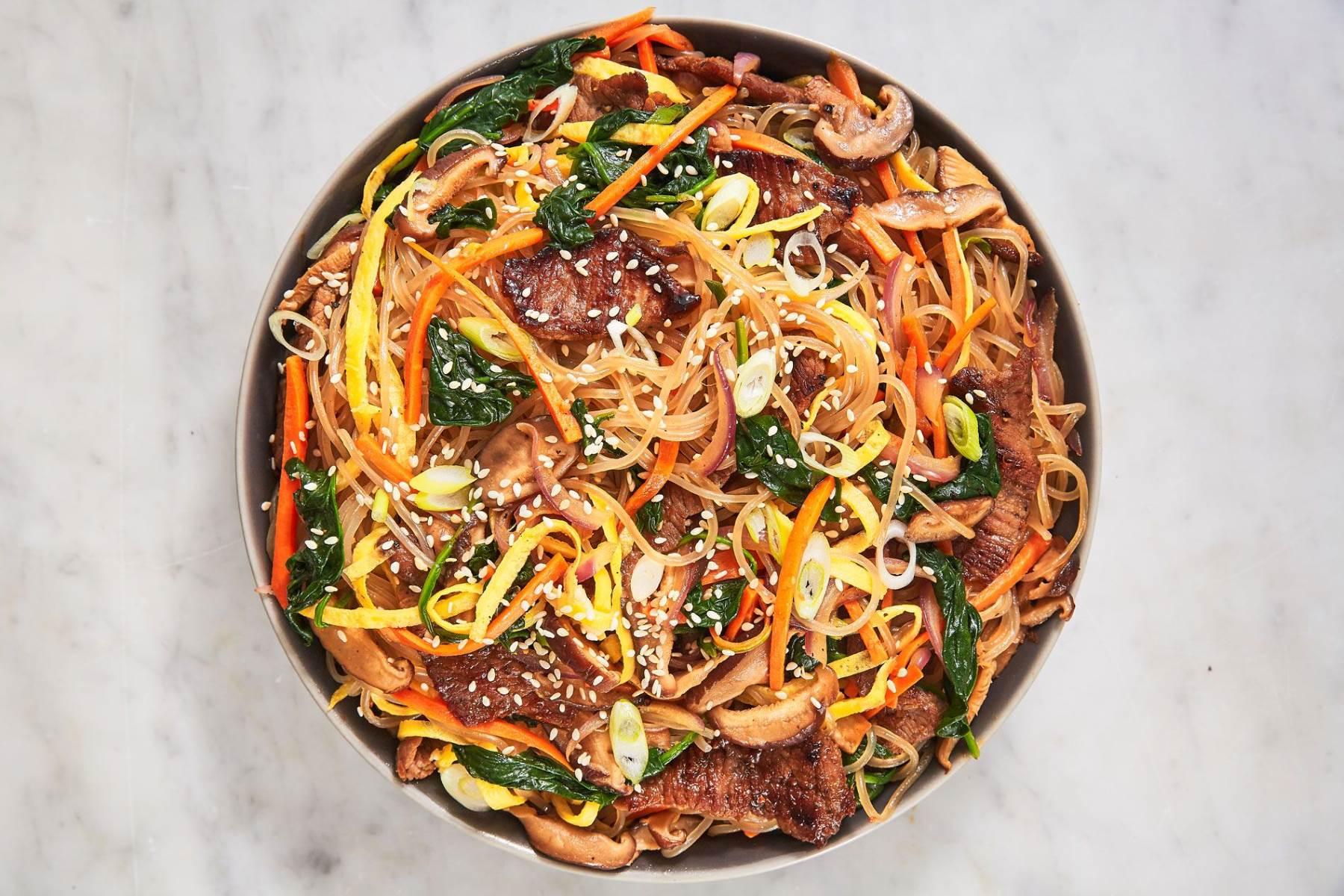

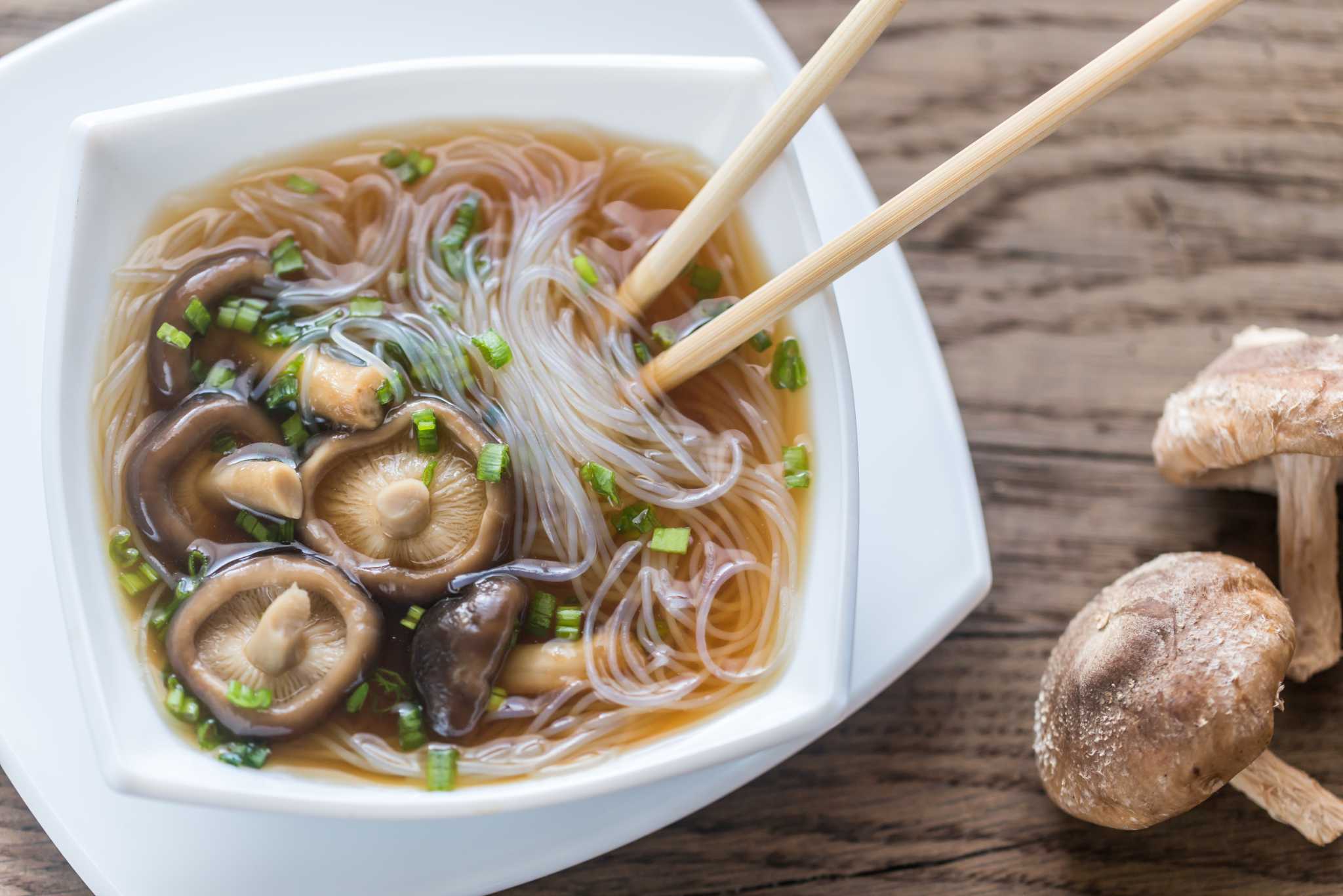
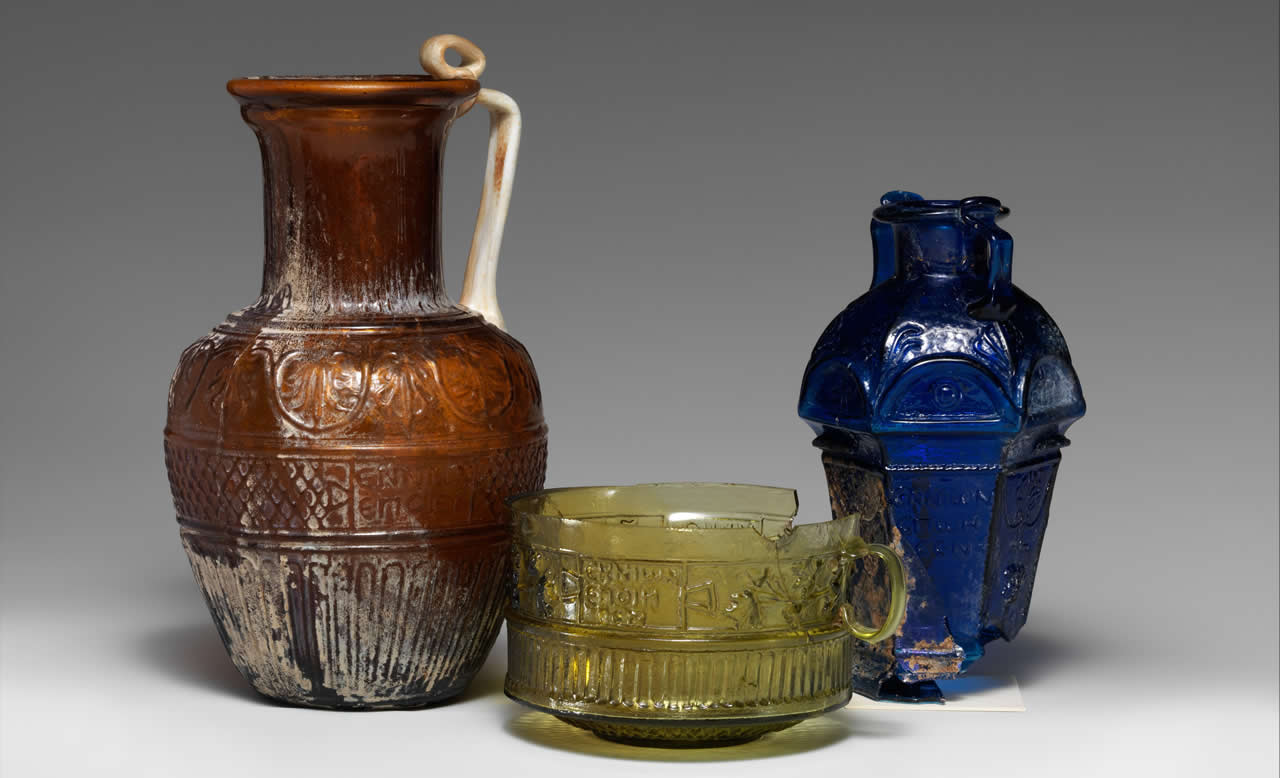





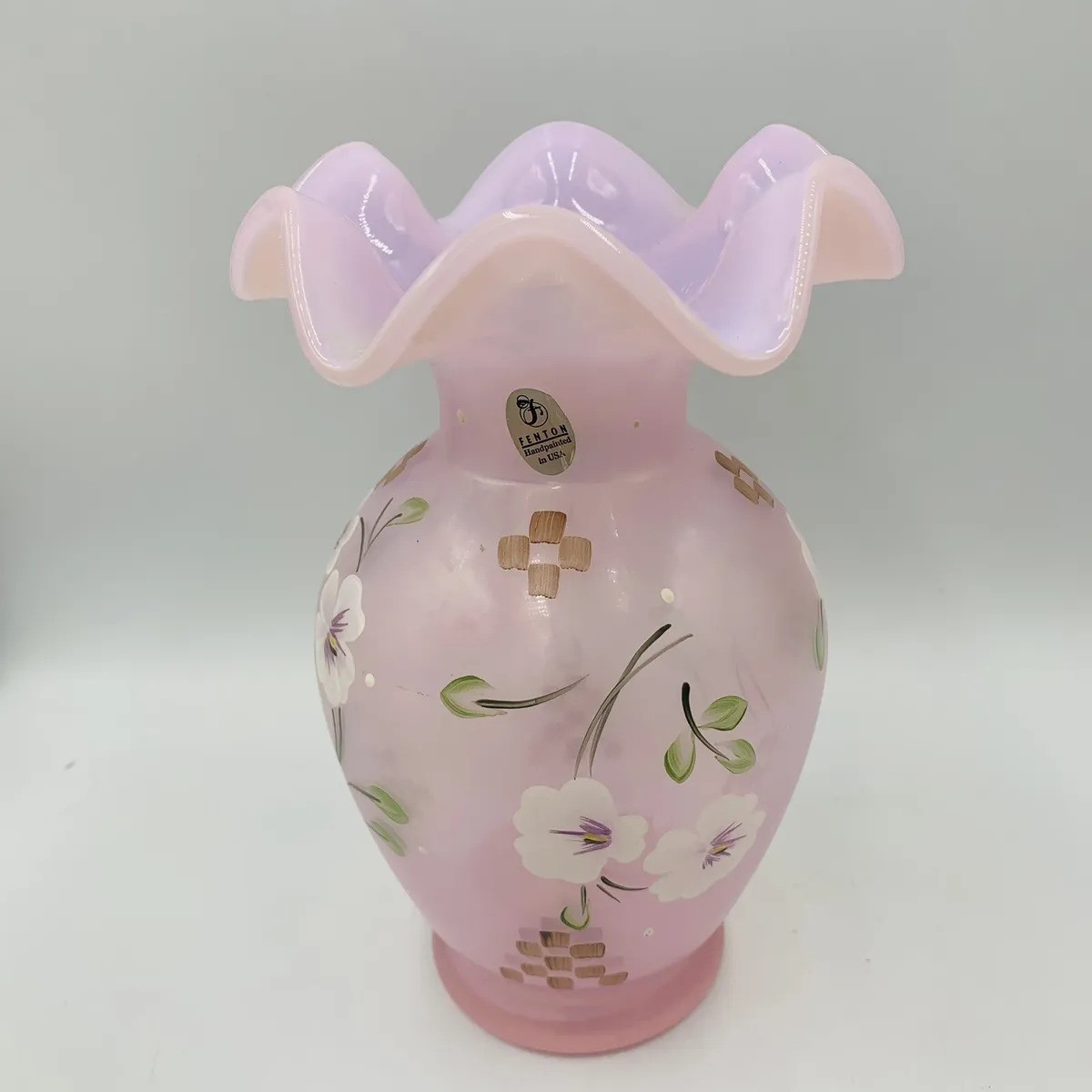
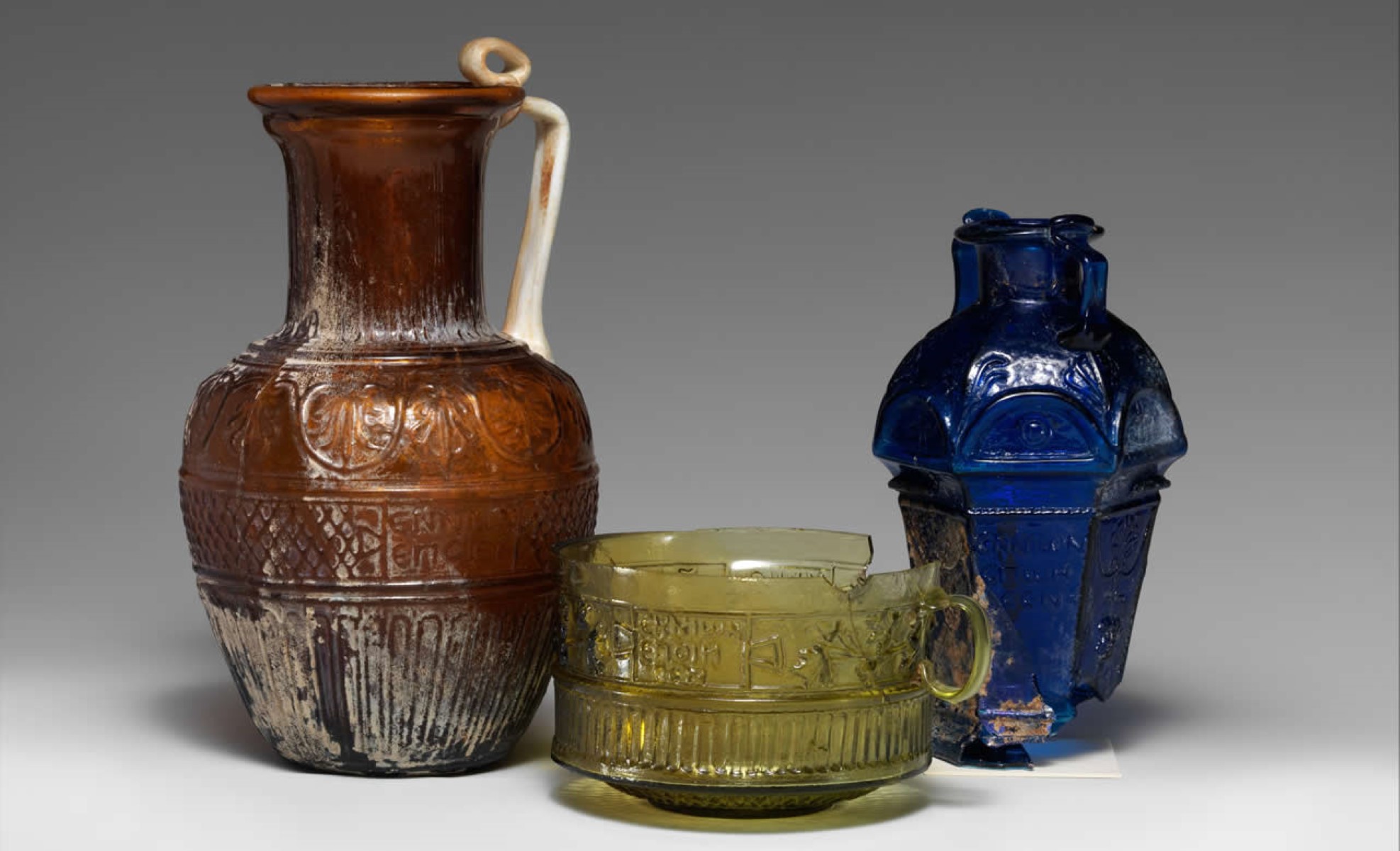



0 thoughts on “What Are Glass Noodles Made Of”